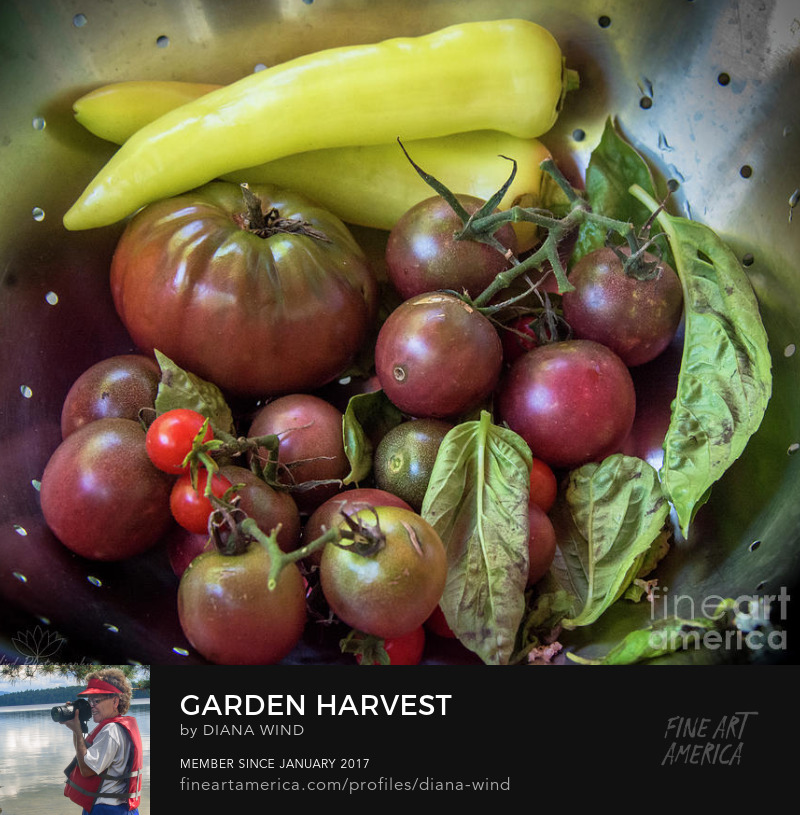The joy in preparing for my probiotic foods cooking class was introducing myself and the participants to homemade and store-bought fermented foods with live-cultures. Being new to fermentation myself, I ordered a few educational, how-to-ferment, cook books by James Beard Award-winning and NY Times bestselling author Sandor Ellix Katz. He is considered "The Johnny Appleseed of Fermentation" by Michael Pollan. Katz says in his book, Wild Fermentation, that for him, it all started with sauerkraut.
Sauerkraut is a good place to start for making food with probiotics. Our first batch of sauerkraut is fermenting now. We used the dry-salt method and did not add any water. When enjoying probiotic kraut in meals it is important to remember to eat it at room temperature or not to heat it too high or the beneficial live probiotic microorganisms will die.
Clean your Jars or Crock
To start your adventure in fermented food preparation, first decide what containers you would use. We washed out a few Mason canning jars that we had in our basement. We use them in jelly making and preserving our Jersey tomatoes - now they have yet another purpose - sauerkraut!
You can readily find Mason jars at grocery markets and stores like Walmart and Target. Our next batch of kraut is going in our crock pot, for an even larger batch!
Only Two (2) Ingredients
Ferment time: 3 to 4 weeks or more (of course you could nibble sooner too) - taste and you decide! Fermentation for at least 9 days yields a more diverse group of microorganisms.
To start your adventure in fermented food preparation, first decide what containers you would use. We washed out a few Mason canning jars that we had in our basement. We use them in jelly making and preserving our Jersey tomatoes - now they have yet another purpose - sauerkraut!
You can readily find Mason jars at grocery markets and stores like Walmart and Target. Our next batch of kraut is going in our crock pot, for an even larger batch!
Only Two (2) Ingredients
Ferment time: 3 to 4 weeks or more (of course you could nibble sooner too) - taste and you decide! Fermentation for at least 9 days yields a more diverse group of microorganisms.
- 1 head Green Cabbage (note the weight)
- non-iodized course sea salt- 1 Tablespoon per 2 lbs. (2% salt)
- Rinse cabbage; discard any dirty, bruised leaves and core and shred the cabbage like you would for Coleslaw.
- Add cabbage to large bowl and sprinkle top with salt. Squeeze and massage salt into shredded cabbage until you start to notice sweating and moistening of the cabbage. This indicates that cell walls are breaking and water within the veggie can seep out.
- Stuff the cabbage loosely into clean jars. Then firmly tamp down using tongs or a wooden spoon. Cover and let nature do the rest!
- Check your kraut daily and open the lid to allow any natural gas to escape. Tamp down each time to press down the top cabbage pieces into the brine.
- For best results temperature should be between 68°F and 75°F
People use many different methods to weigh down the top layer of cabbage to keep it under the brine. We didn't do anything. When we try a larger batch in a crock, I may use a stainless steel pot lid to press down the top.
There are several strains of desirable lactic acid bacteria that will develop and preserve your sauerkraut by lowering the pH. This type of bacteria are anaerobic so it won't matter if you want to cover your kraut with an airtight lid. Just remember to allow the natural gas that forms to escape daily.
We used a huge 4 lb. head of store-bought cabbage. Sliced it and added 2 T of salt. After massaging in the salt I took a taste. It tasted too salty. After one week I took another taste and it was so much better; still crunchy, but had the familiar flavor of sauerkraut. Success!
Trouble Shooting
What if Brine Does Not Cover Top of Cabbage?
As you can see from my photo above, our brine is not covering the top layer of cabbage in the first week. I'm thinking that the green cabbage that we used may not have had as much water in it's cell walls like homegrown, fresher cabbage probably would have. If that happens to your kraut too, an option would be to make a small amount of brine (non-iodized sea salt and water) and add it to the jars.
Update 1/26/18: We waited three weeks before making and adding brine and by the third week, enough natural brine
developed so we did not add any.
References and Related Links
Katz S., Wild Fermentation, Chelsea Green Publishing 2016
Plengvidhya V, Breidt F., Lu Z. et al, Applied Environmental Microbiology. DNA Fingerprinting of Lactic Acid Bacteria; 2007 Dec; 73(23): 7697–7702. https://www.ncbi.nlm.nih.gov/pmc/articles/PMC2168044/
Recommendations for Safe Production of Fermented Vegetables
References and Related Links
Katz S., Wild Fermentation, Chelsea Green Publishing 2016
Plengvidhya V, Breidt F., Lu Z. et al, Applied Environmental Microbiology. DNA Fingerprinting of Lactic Acid Bacteria; 2007 Dec; 73(23): 7697–7702. https://www.ncbi.nlm.nih.gov/pmc/articles/PMC2168044/
Recommendations for Safe Production of Fermented Vegetables
Blog post and photo Copyright (C)Wind. All rights reserved.






























